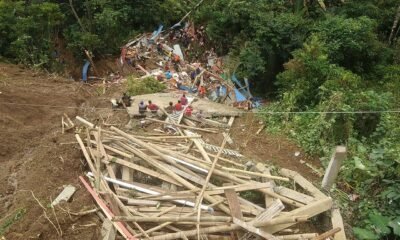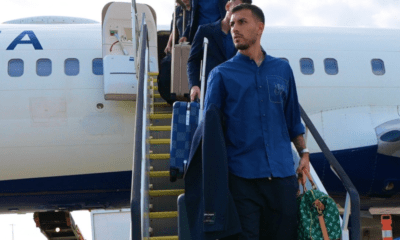INTERNACIONAL
Why Taiwan is earthquake-prone, and how the island handles them so well
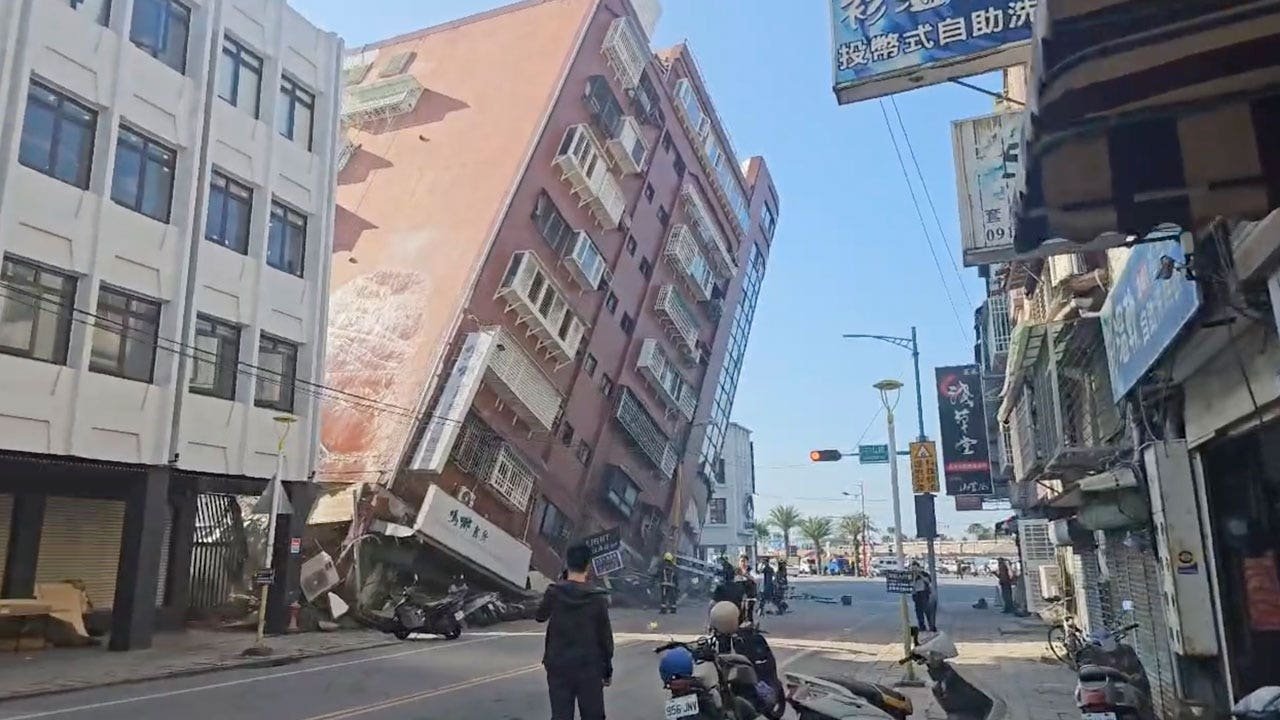
Taiwan was struck Wednesday by its most powerful earthquake in a quarter of a century. At least nine people were killed and hundreds injured, buildings and highways damaged and train service interrupted.
Taiwan is no stranger to powerful earthquakes, yet their toll on the high-tech island’s 23 million residents has been relatively contained thanks to its excellent earthquake preparedness, experts say.
Here is a closer look at Taiwan’s history of earthquakes:
VIDEO SHOWS CHANDELIER WAVING DURING TAIWAN QUAKE
Why so many temblors?
Taiwan lies along the Pacific «Ring of Fire,» the line of seismic faults encircling the Pacific Ocean where most of the world’s earthquakes occur.
The area is particularly vulnerable to temblors due to the tension accumulated from the interactions of two tectonic plates, the Philippine Sea Plate and the Eurasian Plate, which may lead to sudden releases in the form of earthquakes.
The region’s mountainous landscape can magnify the ground shaking, leading to landslides. Several such landslides occurred on Taiwan’s eastern coast near the epicenter of Wednesday’s quake near eastern Hualien County, when falling debris hit tunnels and highways, crushing vehicles and causing several deaths.
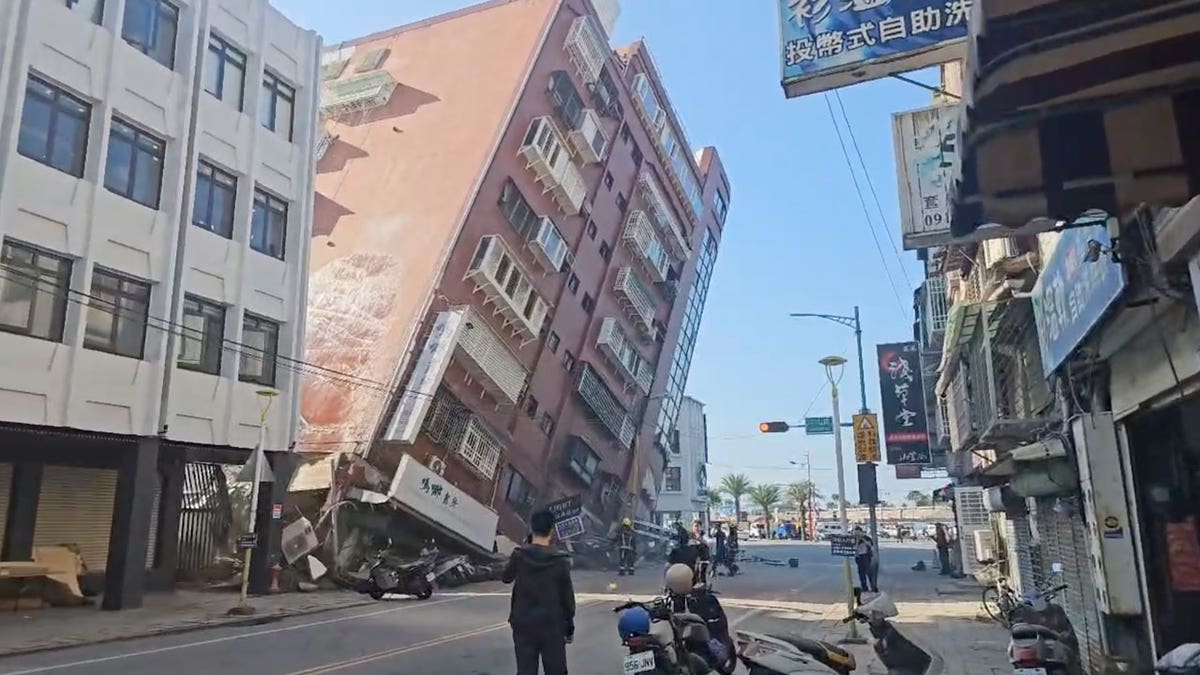
A partially collapsed building is seen in Hualien, Taiwan, on April 3, 2024. A powerful earthquake rocked the entire island, collapsing buildings in a southern city and creating a tsunami that hit southern Japanese islands. (TVBS via AP)
How well-equipped is Taiwan to handle quakes?
Wednesday’s earthquake measured 7.2, according to Taiwan’s earthquake monitoring agency, while he U.S. Geological Survey put it at 7.4. It damaged several buildings in Hualien but caused only minor losses in the capital Taipei despite being strongly felt there.
The earthquake hit in the middle of the morning rush hour yet only slightly derailed the regular commute. Just minutes later, parents were again walking their children to school and workers driving to offices.
«Taiwan’s earthquake preparedness is among the most advanced in the world,» said Stephen Gao, a seismologist and professor at Missouri University of Science and Technology. «The island has implemented strict building codes, a world-class seismological network, and widespread public education campaigns on earthquake safety.»
The government continually revises the level of quake resistance required of new and existing buildings — which may increase construction costs — and offers subsidies to residents willing to check their buildings’ quake resistance.
Following a 2016 quake in Tainan, on the island’s southwestern coast, five people involved in the construction of a 17-story high-rise apartment building that was the only major structure to have collapsed, killing dozens, were found guilty of negligence and given prison sentences.
Taiwan also is pushing quake drills at schools and workplaces while public media and cellphones regularly carry notices about earthquakes and safety.
«These measures have significantly enhanced Taiwan’s resilience to earthquakes, helping to mitigate the potential for catastrophic damage and loss of life,» Gao said.
Living with earthquakes
Taiwan and its surrounding waters have registered about 2,000 earthquakes with a magnitude of 4.0 or greater since 1980, and more than 100 earthquakes with a magnitude above 5.5, according to the USGS.
CLICK HERE TO GET THE FOX NEWS APP
The island’s worst quake in recent years struck on Sept. 21, 1999, with a magnitude of 7.7. It caused 2,400 deaths, injured around 100,000 and destroyed thousands of buildings.
The last deadly quake to strike Hualien County occurred in 2018, collapsing a historic hotel and other buildings.
«This high level of seismic activity will unfortunately continue for millions of years to come,» said Gao. «This underscores the importance of preparedness and resilience in the face of ongoing seismic risks.»
INTERNACIONAL
El alto precio que deben pagar los presos en Ucrania para conseguir la libertad: luchar en el frente contra Rusia
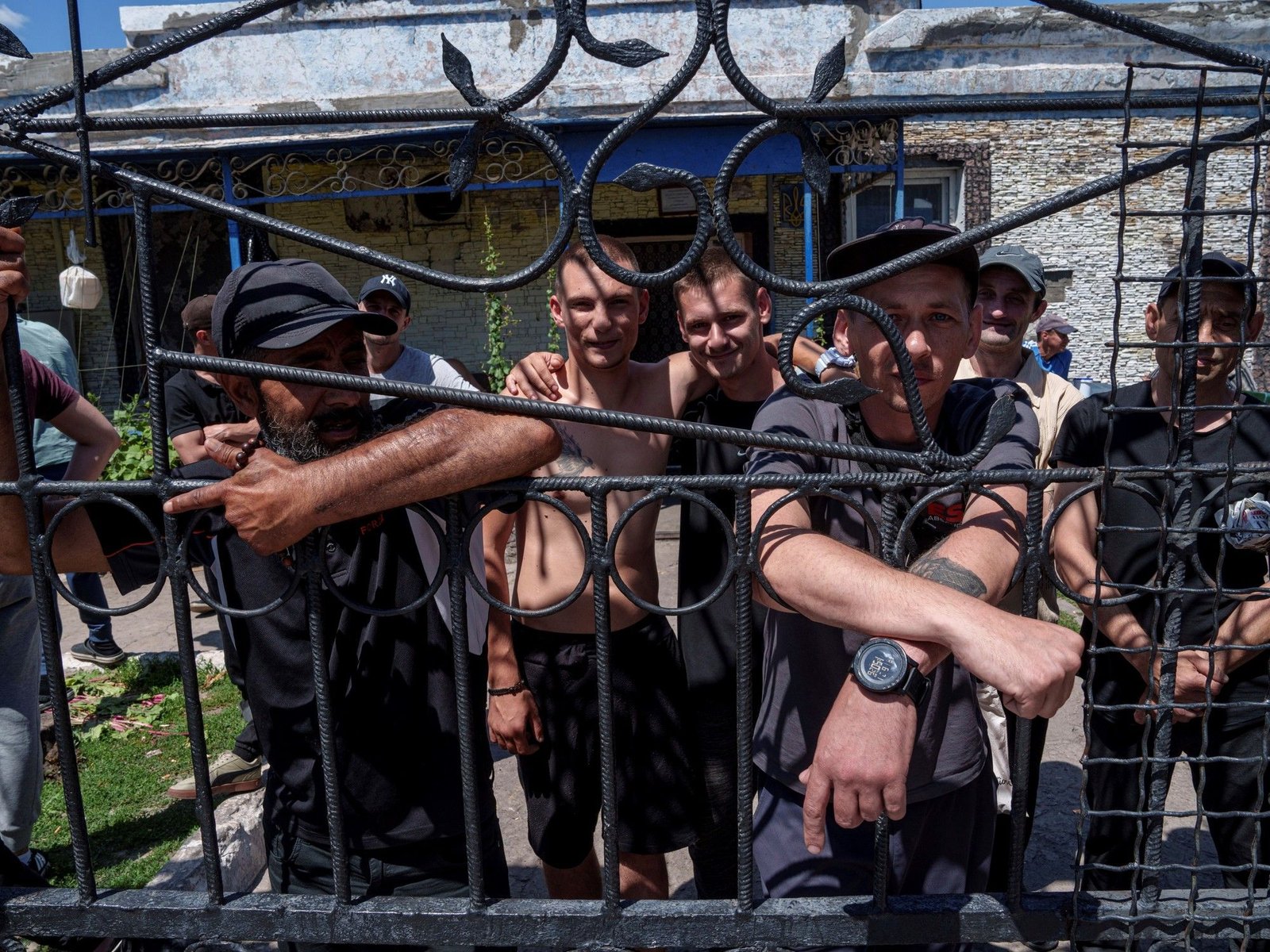
En una colonia penitenciaria rural en el sureste de Ucrania, varios presos se reúnen bajo alambre de púas para escuchar a un reclutador del ejército ucraniano que les ofrece una oportunidad de libertad condicional. A cambio, deben unirse a la batalla contra Rusia.
“Puedes poner fin a esto y empezar una nueva vida”, dijo el reclutador, un integrante de un batallón de asalto voluntario. “Lo principal es tu voluntad, porque vas a defender la patria. No lo conseguirás con el 50%, tienes que dar el 100% de ti mismo, incluso el 150%”.
Ucrania está ampliando el reclutamiento ante la grave escasez de personal en el campo de batalla después de más de dos años de combate contra la invasión rusa. Y sus labores de reclutamiento se han dirigido, por primera vez, a la población penitenciaria del país.
Aunque Ucrania no anuncia ningún detalle sobre el número de tropas desplegadas ni sobre las bajas, los comandantes en el frente de batalla reconocen abiertamente que enfrentan problemas de falta de personal mientras Rusia sigue acumulando fuerzas en el este de Ucrania y avanzando hacia el oeste.
Más de 3.000 prisioneros ya han sido puestos en libertad condicional y asignados a unidades militares después que el parlamento aprobó dicho reclutamiento en un polémico proyecto de ley de movilización el mes pasado, afirmó a The Associated Press la viceministra de Justicia ucraniana, Olena Vysotska.
El país tiene una población carcelaria de unas 42.000 personas, según las cifras remitidas por el gobierno a la Unión Europea.
Aproximadamente 27.000 reclusos podrían ser elegibles para el nuevo programa, según estimaciones del Ministerio de Justicia.
 Convict prisoners which join Ukrainian army train at the polygon, in the Dnipropetrovsk region, Ukraine, Saturday, June 22, 2024. Ukraine is expanding its military recruiting to cope with battlefield shortages more than two years into fighting Russia’s full-scale invasion. (AP Photo/Evgeniy Maloletka)
Convict prisoners which join Ukrainian army train at the polygon, in the Dnipropetrovsk region, Ukraine, Saturday, June 22, 2024. Ukraine is expanding its military recruiting to cope with battlefield shortages more than two years into fighting Russia’s full-scale invasion. (AP Photo/Evgeniy Maloletka)“Gran parte de la motivación proviene del deseo (de los reclusos) de regresar a casa como héroes y no de regresar de la prisión”, dijo Vysotska.
Ernest Volvach, de 27 años, quiere aceptar la oferta. Está cumpliendo una condena de dos años por robo en la colonia penitenciaria de la región ucraniana de Dnipropetrovsk. Trabaja en la cocina, sirviendo comida en tazones de hojalata.
“Es una estupidez estar aquí sin hacer nada”, dijo Volvach, añadiendo que desde el inicio de la guerra quería “hacer algo por Ucrania” y tener la oportunidad de alistarse. “Ahora ha surgido”.
-
POLITICA2 días ago
Cristina Kirchner reapareció y criticó al Gobierno: “El superávit fiscal es cada vez más trucho”
-
POLITICA1 día ago
El PRO publicó un duro informe y cuestionó el rumbo del Gobierno: “Hay más interrogantes que certezas”
-
POLITICA2 días ago
Fuerte reclamo de la oposición dialoguista al Gobierno por la crisis económica tras la sanción de la Ley Bases
-
POLITICA2 días ago
Los mercados castigan a Milei, la ayuda de los «dinosaurios» y una anomalía del Senado
-
ECONOMIA2 días ago
Nuevo aumento de naftas y gasoil a partir del 1 de julio
-
POLITICA23 horas ago
El marino y su esposa rechazaron la denuncia de Laudelina de que atropellaron a Loan y lanzaron un desafío





